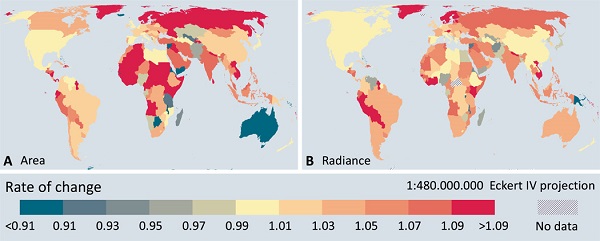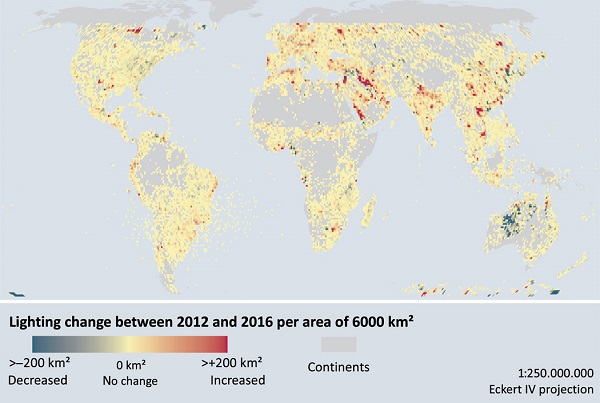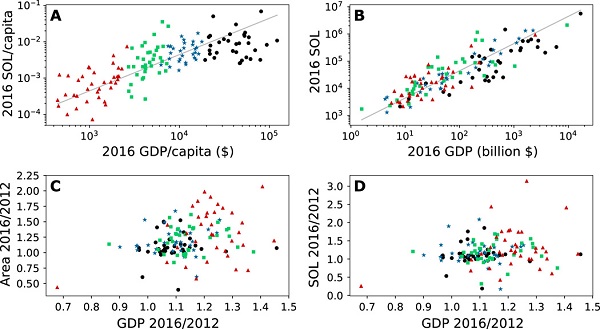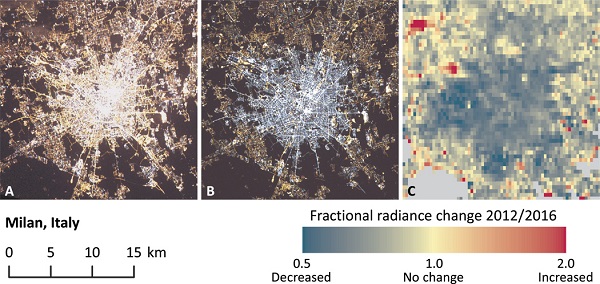- 1 [News] Robust Investments in the Micro LED Industry: 2024 Funding Overview
- 2 [News] Chinese Company Cancels $400M BMW Mini LED Backlight Project
- 3 [Products News] XLamp® XN-P LEDs Shine in Entertainment Applications
- 4 [Insights] TrendForce 2025 Infrared Sensing Application Market and Branding Strategies- Envision the Future
- 5 [News] Vueron Technology unveils VueX at CES 2025
- 6 [News] LG Unveils World’s First Bendable 5K2K Gaming Monitor, Winner of Three Awards at CES 2025
- 7 [News] Top 10 Events in the LED Industry in 2024
Login |
Register |
Management | Member Center | Contact Us





 CN
TW
EN
CN
TW
EN










